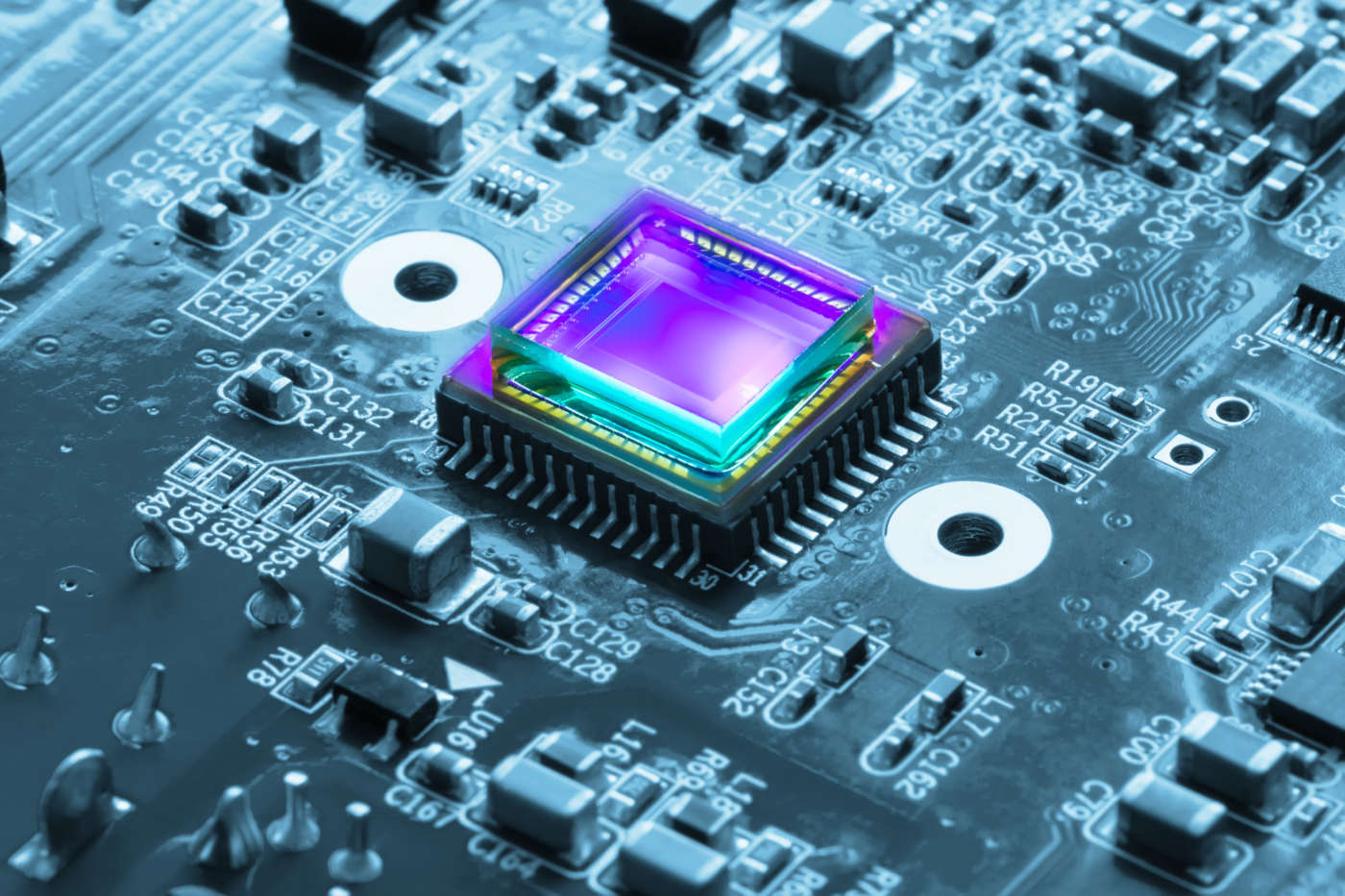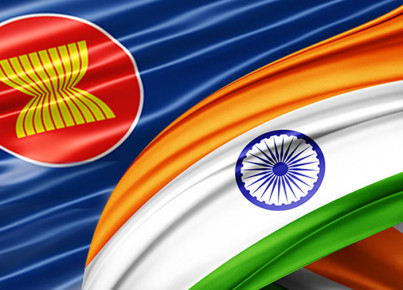By Aishwarya Nautiyal
India does import a large section of semiconductors from South East Asia and can bring new understanding between South East Asian manufacturers and collaborate with them in new aspects of making India a competitive semiconductor producer
Looking forward towards 5$ trillion economy, a new quest to achieve a status of semiconductor hub seems to be a new reality in India’s pursuit for self-reliance. An outlay by the government of 10$ billion for semiconductor production in the course of next five years has been provided. One of the most critical components in the 21st century and the country is critically relying on imports. Under the ministry of Electronics and Information Technology proposal, the top contenders Vedanta Foxconn JV, IGSS Ventures and ISMC have initiated a new task towards electronic chip manufacturing plants under the Semicon India Program. Taiwan being the largest producer is becoming a new favorite eyeing new possibilities with TSMC and UMC setting up facilities in India negotiating along with Free Trade Agreement bilaterally.
Increasing pressure from China on Taiwan’s outreach towards new strategic gains is even a new possibility of semiconductor manufacturing in Maharashtra and Gujarat. A positive indication from the government making India one of the manufacturing hubs by 2025 from 2$ billion to 100$ billion including display manufacturing ecosystem. TATA group with an estimate of 300$ million for outsourced semiconductor assembly in Telangana, Karnataka and Tamil Nadu providing new assembly of semiconductor chips sourcing silicon wafers from TSMC & Fitch Solutions. While other players like US based Intel have expressed interest in establishing a new manufacturing plant. Emphasis in this industry provides a scenario which has changed since 1987 when it was just 2 years behind becoming a leading chip manufacturer as compared to today where it lags behind 12 years due to lack of infrastructure, slow bureaucratic structure, red tapes with high rate of corruption and lack of vision. This led to a high rate of dependency in the era of new dynamics of robotic infrastructure.
With rising demand in the electronic market and new diversification towards smart technology along with its fluctuating bilateral relations with China has moved its strategist towards domestication of production of such components which will be playing a crucial role in futuristic modern economic development. In the scheme of production an important component lies towards smooth implementation of policies along with a global competitive environment also leading towards a guarantee of universal human rights. During Covid 19 a global disruption of supply chain and rising complexity with unpredictability. India needs to establish an ICT layer which has been sidelined so far. From 5G to robotic and new virtual reality platforms India is seen as an optimal and sustainable partner with an affordability and capacity inclusive of technological based solutions. Tackling new future supply shocks has become a foremost reason during the post-pandemic period.
As we can see today, 92% of global manufacturing chips below 10 nanometer(nm) is in Taiwan whereas China constitutes 54% of the world’s semiconductor market playing a huge role in testing of integrated circuits and testing. China’s economic might and its competitive pricing advantage amid US-China complex trade relations can bring a challenge to Indian policymakers in which necessity to develop domestic production with indigenous design capabilities with the focus on local self-reliance rather than being on scuffle with US-China competition pegged on. Timing in the Semicon Revolution in India seems favorable along with a vast number of talent availability. In the new changing dynamics where Taiwan has emerged as a world leader in production it can become the same size of establishment within Indian Geography and availability of resources and competitive manpower.
Overcoming obstacles and bringing new opportunity in the economy has brought new avenues for private sectors who are keen in collaborating and mitigating along with policymakers and global manufacturers. As we can see this provides a scenario of confidence building and enhancing diplomatic cooperation and future coordination. India does import a large section of semiconductors from South East Asia and can bring new understanding between South East Asian manufacturers and collaborate with them in new aspects of making India a competitive semiconductor producer. Though with a small presence with SCL in Mohali, GAETEC in Hyderabad and SITAR in Bengaluru one can never deny a possibility of becoming a competitive market with initiation and seriousness towards attracting new talents and global investment. The next phase of transformation in both technological and capital will be a key factor in defining new diplomatic relations with bilateral and multilateral relations between manufacturers from South and East Asia to Western Hemisphere.
Strengthening existing commercial ties and diversifying reliance from a single partner can give India a new wave of opportunity learnt during the post pandemic period through global supply chain disruption. New challenges and having strength to overcome with a vision can bring an unexpected opportunity with the nations who are able to mark themselves with the role of leadership in a global technology network sustaining with socio-economic impact with sustainable growth.






